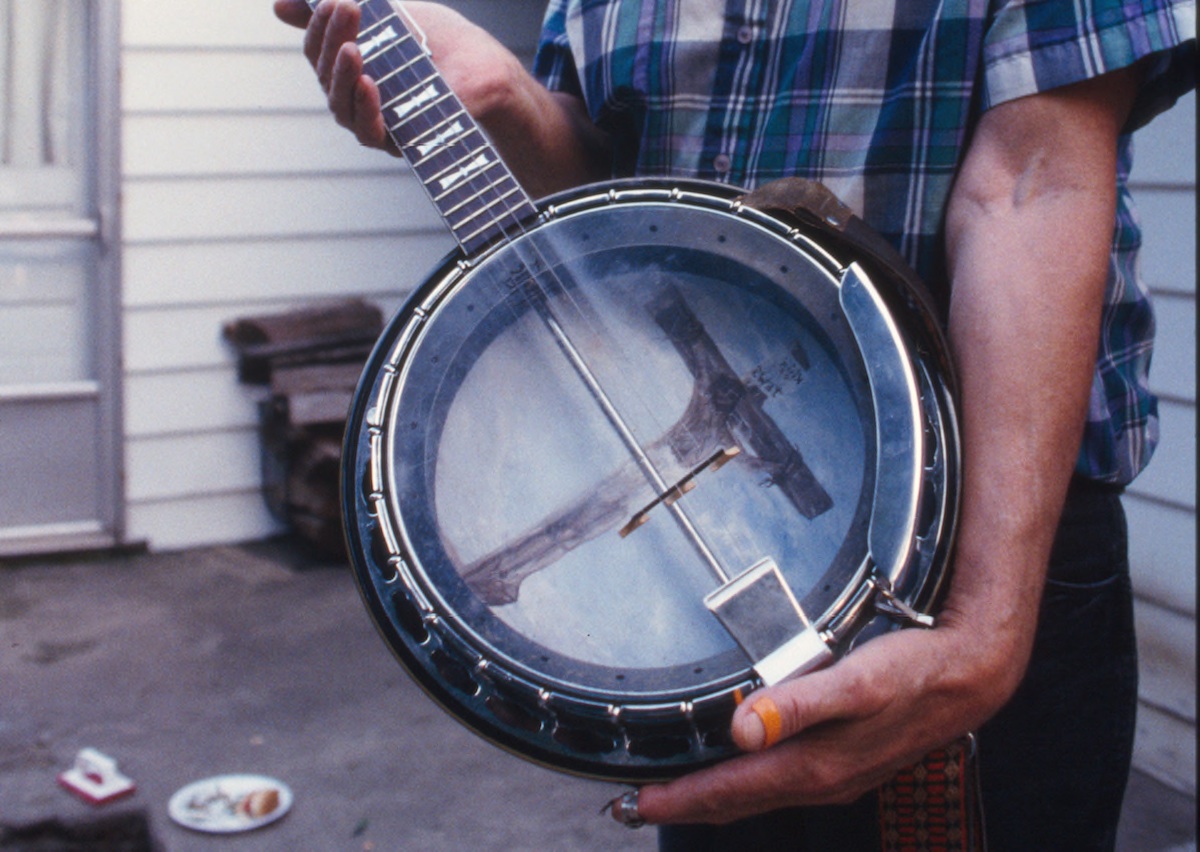When I began writing a mash up of Baptist history and country music, the resulting five part series was not what I had in mind. But the more I read and the more I researched, the more I realized the necessity for just such a series. The writing process started back in January 2020 with my New Year’s resolution to write something every day. Then, while walking Skye, I slipped on some of Toronto’s notorious black ice and fractured my right wrist. Badly.
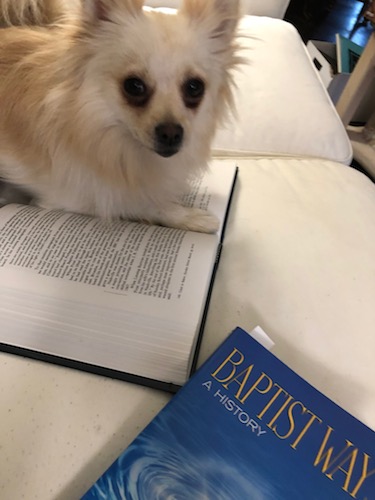
I now have a souvenir metal plate in my wrist (thank you universal healthcare) and the distinction of having the smallest wrist my fabulous surgeon has ever operated on. With time on my hands (pun intended) and a need for distraction from a very uncomfortable cast, I resumed my resolution to write. After some trial and error, and strategically placed pillows, I found an arrangement that allowed me to keep my right hand appropriately iced and elevated while typing on my laptop with my left hand.
Why Baptists and banjos? I confess, it’s an odd combination. But the Baptist church, and what would become Old-Time Music (that combination of Appalachian fiddle and banjo featured in the soundtrack to “O Brother Where Art Thou”) arrived and flourished in America around the same time and traversed parallel paths. The trajectories of both the Baptist church and the banjo not only intertwine with one another, they also intertwine with the history of racism and slavery in the United States.
“The trajectories of both the Baptist church and the banjo not only intertwine with one another, they also intertwine with the history of racism and slavery in the United States.”
Although, I collected perhaps a book’s worth of sources, I’ve tried to keep each post of this five part series succinct. But should you wish to dive deeper into the subject matter, the footnotes and a bibliography are included at the end of each post with links to sources. I found the primary sources to be the most illuminating, and at times the most horrifying. I’ve been in the Baptist church all my life, I’m married to a Baptist minister, I’ve worked at more than a few Baptist organizations, I’ve even met Bill Leonard (!), and there was still so much about Baptist history that I didn’t know. The same is true of the fiddle and banjo music that filled the soundtrack of my summer visits to Galax, Virginia, home of the Old Fiddler’s Convention and my grandparents.
But I think these truths about the banjo, and especially about the Baptist church, are necessary for us to confront if they are to be overcome, and they can be. It’s a daunting and discouraging journey. It can seem pretty bleak reading at times too, but hang in there until part five, “Sankofa”. There is a way forward for the church, and the musicians of Old- Time string band music as well as some brave Baptists are among those who can show us that way.
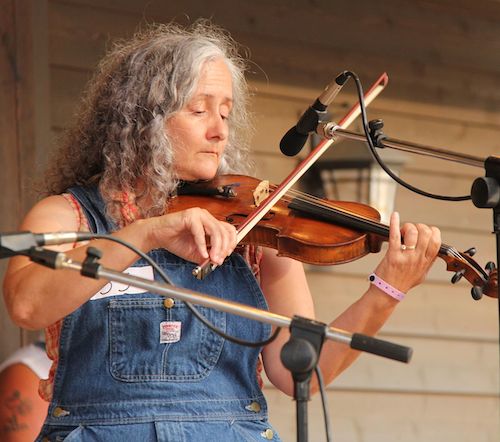
Part 1 “Embellishments on the Past”
This first post explains how the fiddle came to America and, along with the Baptist church, took hold in the New World. I examine what Baptists believe and the similarities between being a good Baptist and being a good string band fiddler. Also, what the church in a pandemic world can learn from the Old-Time music community.
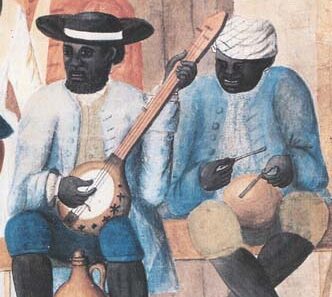
Part 2 “America’s Greatest Curse”
The banjo originated in Africa and came to America with those enslaved. As slavery spread through the colonies, so did the banjo. Originally opposed to slavery, Baptist leaders start to waiver when cotton begins to turn a profit. Especially when that profit funds the mission work for the newly formed Mission Board.
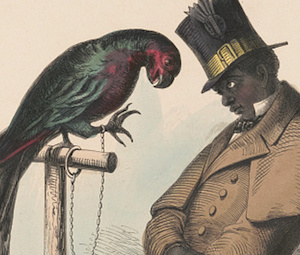
Part 3 “Showtime”
Leading Baptists in the south advance pro-slavery arguments and hold an essay contest on how to be a good slave master. Oh,yes they did. Minstrel shows become the most popular form of entertainment and do much to undergird the southern view even among northern Baptists, leaving me wondering just how much being a Baptist was little more than a show.
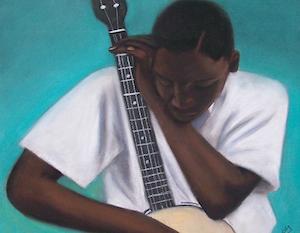
Part 4 “Power Play”
Things come to a head at the Baptist Mission Board over the issue of slavery. The southern states form their own pro-slavery missions organization under the guise of “missionary rights.” And the banjo gets a “make over” by big banjo business to disguise its African roots.
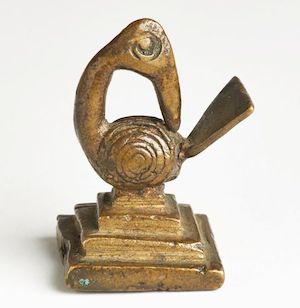
Part 5 “Sankofa”
Banjo players lead the way in “healing, decolonizing, and reclaiming” as a way to move forward following the African philosophy of “sankofa”. The Task Force on Slavery and Justice at Furman University has helped the school confront its past and reckon with what it found. What they are doing could be a model for churches and other groups.
















